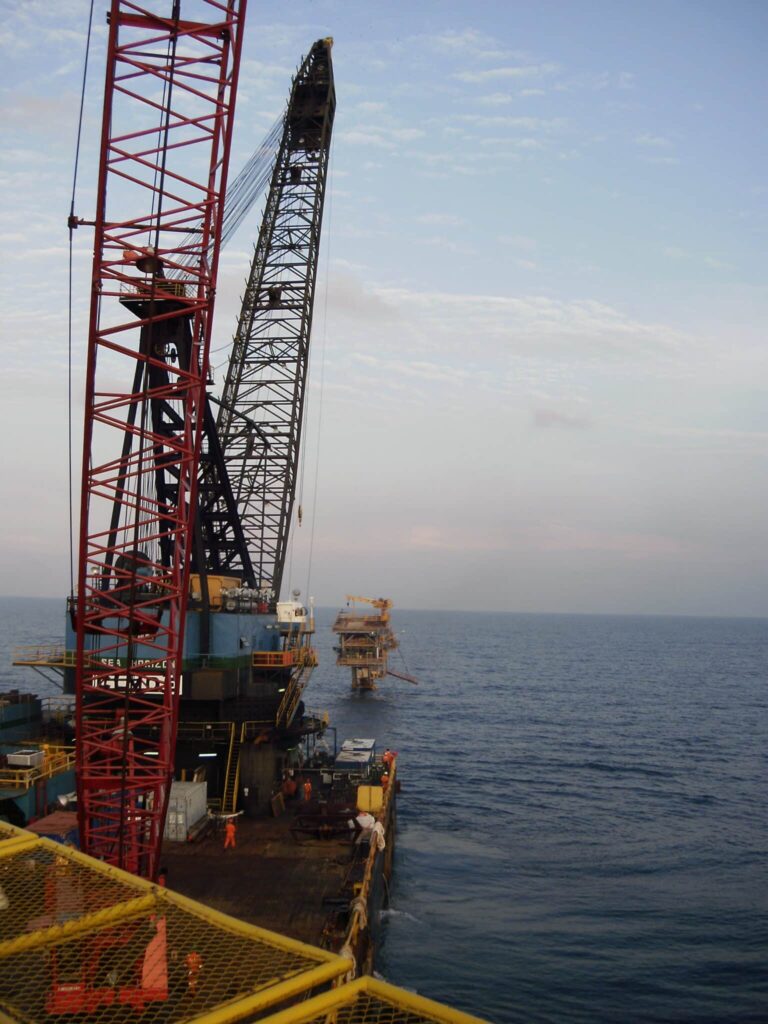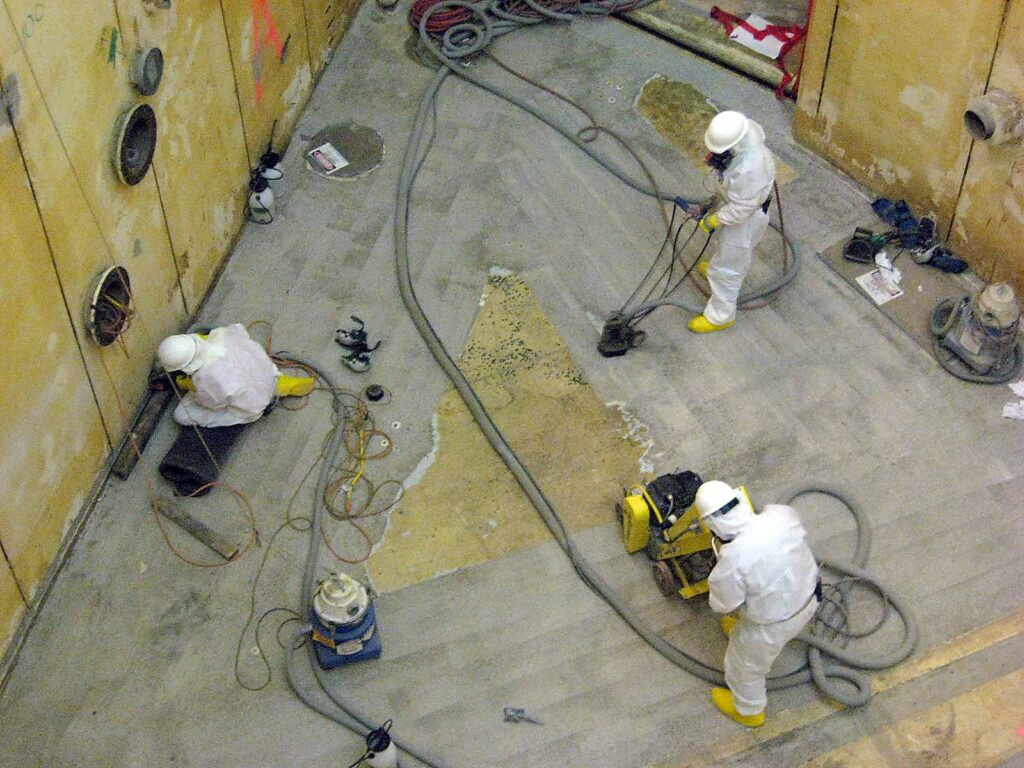Navigating Offshore Platform Decommissioning: Environmental Challenges and Solutions

The process of offshore platform decommissioning encompasses more than physical dismantling; it represents a multifaceted challenge threaded with technical, environmental, and regulatory considerations. The complex nature of safely removing these colossal structures from their marine beds requires meticulous adherence to offshore decommissioning guidelines. In this article, we’ll explore the critical details of this process, where […]
Everything You Need to Know About Concrete Shaving

If you’re in the construction industry, you may have heard of a highly effective technique used to transform uneven concrete surfaces into smooth, ready-to-use areas. Concrete shaving, also known as concrete grinding or diamond grinding, is a technique that involves the use of specialized equipment to remove thin layers from concrete. Before commencing any construction […]
Bluegrass Bit’s Complete Guide to Precision Concrete Demolition
Whether you are a professional contractor or a DIY enthusiast, concrete demolition can be challenging. However, with proper techniques and equipment, experience, and training, precision and efficiency can be achieved in your demolition project. These guidelines offer a general outline and tips to help you plan a successful and precise concrete demolition job. Continue reading […]
Why Diamond Wire Saws Are the Best Option for Concrete Cutting
Concrete is a construction material with incredible compressive strength used to build everything from streets and sidewalks to industrial and commercial buildings to bridges, dams, and piers. When construction and renovation projects involve concrete in its various forms, in most cases, the planning and executing of the project will require removing, altering, or cutting concrete […]
What Is Selective Demolition? When Is It Applicable?
There are times when a part of a structure needs to be torn down or reworked to meet certain needs. It doesn’t always make economic or functional sense to rip everything apart and start from scratch. The solution is selective demotion. Selective demolition, also referred to as precision demotion, is the process of demolishing specific […]
What Is a Diamond Wire Saw?
There are many different approaches to cutting and removing concrete. Ring saws are one option because they are easy to handle, but they also have many limitations. If you need thicker materials cut and want something done with precision, a diamond wire saw is a better option. Diamond wire saws are used to remove reinforced […]
Bluegrass Bit’s Complete Guide to Concrete Cutting
If your facility has concrete in the wrong place or needs to make some changes for another reason, what are your options? Blowing it up is probably one, but that route has many downsides, including being dangerous and destructive to surrounding structures. The best solution is concrete cutting, which is safer and more controlled. Here […]
